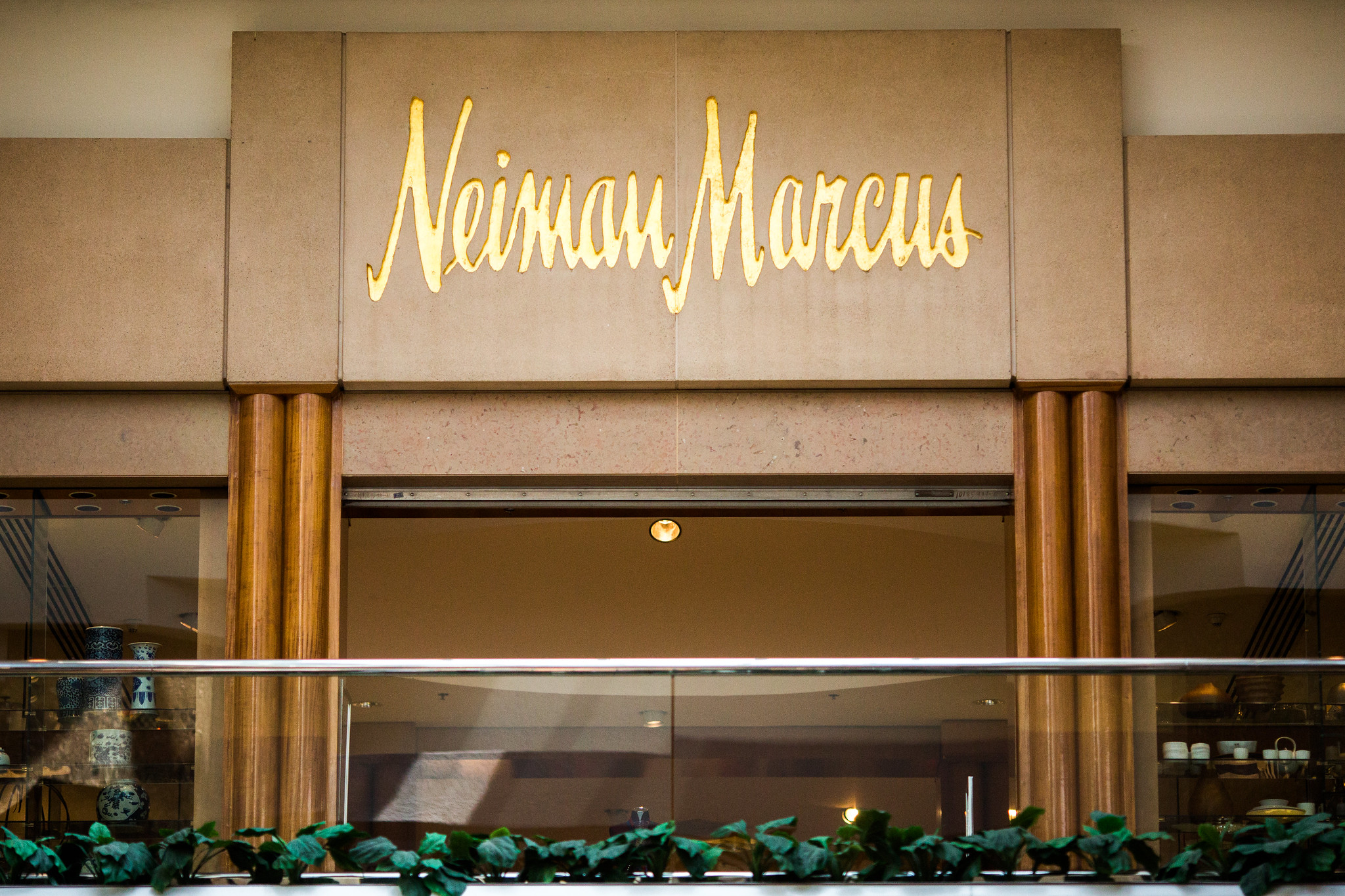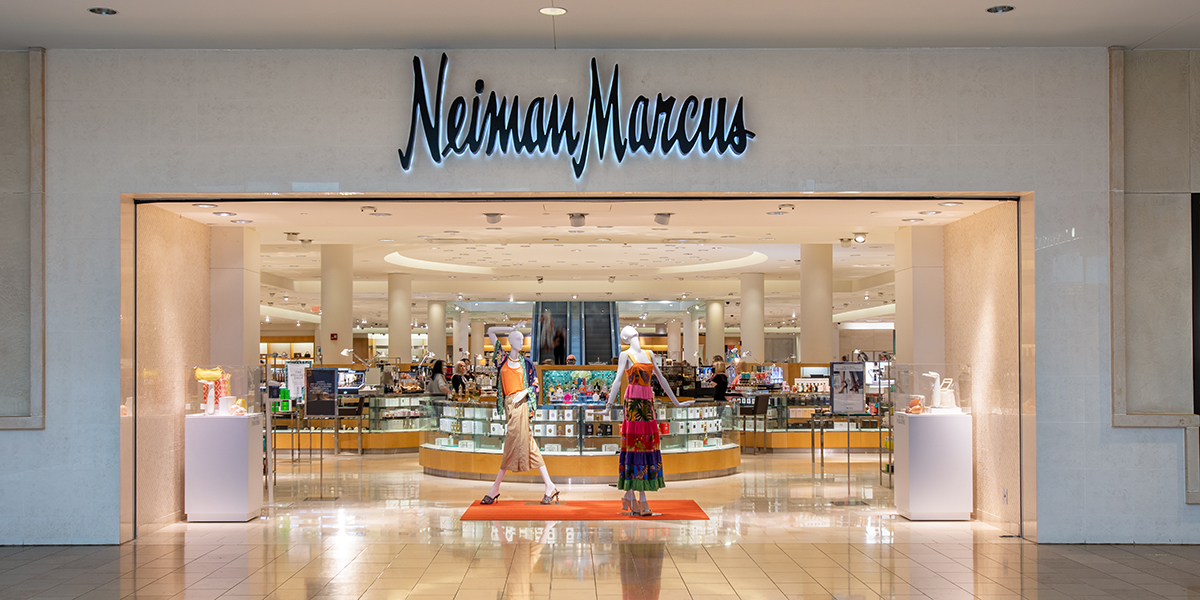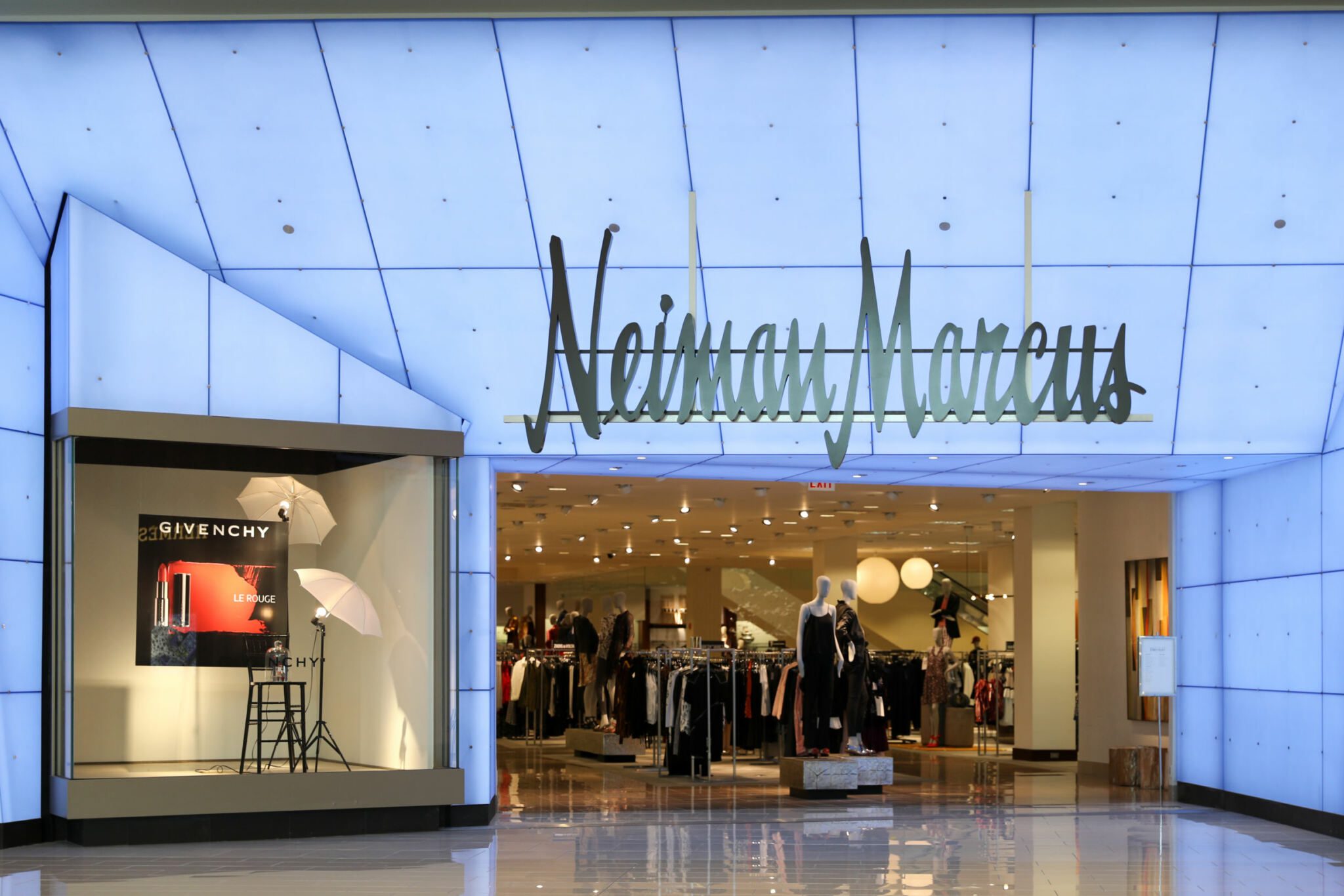Competitive Landscape
Neiman Marcus operates in a highly competitive luxury retail market. Its key competitors include Saks Fifth Avenue, Nordstrom, Bloomingdale’s, and Bergdorf Goodman. These competitors offer a wide range of luxury products, including clothing, accessories, jewelry, and home goods. They also target a similar affluent customer base. However, each competitor has its own unique strengths and weaknesses.
Product Offerings
- Neiman Marcus is known for its exclusive and high-quality product offerings. It carries a wide range of luxury brands, including Gucci, Prada, Louis Vuitton, and Chanel. The company also has a strong private label collection.
- Saks Fifth Avenue offers a similar range of luxury brands, but it also has a stronger focus on contemporary fashion. It is known for its designer collaborations and its in-house styling services.
- Nordstrom is a more accessible luxury retailer. It offers a wider range of price points and a more diverse selection of brands. The company also has a strong online presence.
- Bloomingdale’s is known for its classic and sophisticated style. It carries a wide range of luxury brands, as well as its own private label collection. The company also has a strong home goods department.
- Bergdorf Goodman is the most exclusive luxury retailer in the United States. It carries a highly curated selection of luxury brands and is known for its exceptional customer service.
Target Audiences
Neiman Marcus targets a wealthy and sophisticated customer base. Its customers are typically well-educated and have a high disposable income. The company also targets a younger and more fashion-forward customer base with its Last Call stores.
Saks Fifth Avenue targets a similar customer base to Neiman Marcus. However, its customers are typically more interested in contemporary fashion. Nordstrom targets a wider range of customers, including both affluent and middle-class shoppers. Bloomingdale’s targets a more classic and sophisticated customer base. Bergdorf Goodman targets the most exclusive and wealthy customer base.
Marketing Strategies
Neiman Marcus uses a variety of marketing strategies to reach its target audience. The company spends heavily on advertising in print, online, and on social media. It also hosts a variety of events and promotions throughout the year. Saks Fifth Avenue uses a similar marketing strategy to Neiman Marcus. However, it also focuses on creating a more personalized shopping experience for its customers.
Nordstrom uses a more accessible marketing strategy. The company focuses on providing excellent customer service and offering a wide range of products at different price points. Bloomingdale’s uses a more classic and sophisticated marketing strategy. The company focuses on building relationships with its customers and providing a luxurious shopping experience.
Bergdorf Goodman uses a very exclusive marketing strategy. The company focuses on building relationships with its wealthy customers and providing a highly personalized shopping experience.
Competitive Advantages and Challenges
Neiman Marcus has a number of competitive advantages over its competitors. The company has a strong brand reputation, a loyal customer base, and a wide range of exclusive products. However, the company also faces a number of challenges, including increasing competition from online retailers and the changing consumer landscape.
Saks Fifth Avenue has a similar set of competitive advantages and challenges to Neiman Marcus. However, the company has a stronger focus on contemporary fashion and a more personalized shopping experience. Nordstrom has a competitive advantage in its wide range of products and price points. The company also has a strong online presence. Bloomingdale’s has a competitive advantage in its classic and sophisticated style and its strong home goods department. Bergdorf Goodman has a competitive advantage in its exclusive product offerings and its highly personalized shopping experience.
All of these companies face a number of challenges, including increasing competition from online retailers and the changing consumer landscape.
Financial Performance

Neiman Marcus has experienced a turbulent financial journey in recent years, marked by both successes and challenges. Let’s delve into the company’s revenue, profitability, and growth prospects, examining the factors that have shaped its financial landscape.
In terms of revenue, Neiman Marcus has witnessed a steady increase in recent years, with a significant surge in 2021 driven by pent-up demand and online shopping. However, the company has faced challenges in maintaining profitability, reporting losses in 2020 and 2021 due to factors such as the COVID-19 pandemic and increased competition.
Revenue
- Revenue increased from $4.5 billion in 2019 to $5.4 billion in 2021.
- Online sales contributed significantly to revenue growth, accounting for over 30% of total sales in 2021.
Profitability
- Neiman Marcus reported a net loss of $484 million in 2020 and $154 million in 2021.
- The losses were attributed to factors such as store closures, supply chain disruptions, and increased expenses.
Growth Prospects
Despite the challenges, Neiman Marcus remains optimistic about its growth prospects. The company plans to focus on expanding its online presence, enhancing its customer experience, and exploring new revenue streams.
Sustainability and Social Responsibility
Neiman Marcus recognizes the crucial importance of sustainability and social responsibility in today’s world. The brand is dedicated to minimizing its environmental impact while actively supporting ethical practices and community engagement.
Environmental Stewardship
Neiman Marcus has implemented several initiatives to reduce its environmental footprint. The brand utilizes energy-efficient lighting and HVAC systems, promotes sustainable packaging, and collaborates with suppliers to reduce waste and emissions throughout its supply chain. Additionally, Neiman Marcus actively supports reforestation efforts and partners with organizations dedicated to protecting endangered species.
Ethical Practices
Neiman Marcus is committed to ethical sourcing and fair labor practices. The brand has established a rigorous supplier code of conduct that ensures all products are produced in a socially responsible manner. Neiman Marcus regularly audits its suppliers to verify compliance with ethical standards, including fair wages, safe working conditions, and the absence of forced or child labor.
Community Involvement
Neiman Marcus actively supports charitable causes and community involvement. The brand has partnered with organizations such as the American Red Cross, United Way, and St. Jude Children’s Research Hospital. Through financial donations, volunteerism, and in-kind contributions, Neiman Marcus makes a positive impact on the communities it serves.
Innovation and Technology: Neiman Marcus

Neiman Marcus has consistently embraced technology to enhance customer experiences and transform its operations. The brand’s strategic investments in e-commerce, mobile platforms, and personalized shopping tools have revolutionized the way customers interact with the brand.
Neiman Marcus’ e-commerce platform provides a seamless and convenient shopping experience, offering a wide selection of products, personalized recommendations, and easy checkout processes. The brand’s mobile app further extends this convenience, allowing customers to browse, purchase, and track orders from anywhere.
Personalized Shopping Tools
Neiman Marcus leverages advanced analytics and machine learning to create personalized shopping experiences for each customer. The brand’s “MyStyle” feature uses artificial intelligence to recommend products tailored to individual preferences, based on past purchases, browsing history, and personal style.
In addition, Neiman Marcus offers virtual styling services, connecting customers with expert stylists who provide personalized advice and curated recommendations. This service enhances the shopping experience, helping customers make informed decisions and discover new styles.
Design and Visuals
Neiman Marcus captivates the eyes with its exquisite visual aesthetics, meticulously crafted to exude sophistication and luxury. The brand’s design elements, from photography to typography and color palettes, harmonize seamlessly to create a captivating brand image that resonates with its discerning clientele.
Neiman Marcus’s photography is a testament to its commitment to artistic excellence. High-resolution images showcase products in their most alluring light, capturing every intricate detail and evoking a sense of desire in the viewer. The brand’s use of natural light and soft, flattering tones creates a timeless and elegant ambiance.
Typography
The brand’s typography is equally refined, employing a combination of classic serif and modern sans-serif fonts. The serif fonts, with their elegant curves and flourishes, lend an air of tradition and sophistication, while the sans-serif fonts provide a touch of modernity and readability. This harmonious blend of fonts creates a visually appealing and memorable brand identity.
Color Palettes
Neiman Marcus’s color palettes are a symphony of hues that reflect the brand’s luxury and exclusivity. The primary palette consists of neutral tones such as black, white, and gray, which provide a sophisticated backdrop for the vibrant pops of color used to highlight products and create visual interest. The brand also incorporates seasonal colors, reflecting the latest fashion trends and adding a touch of freshness to its visual presentation.
Growth and Expansion

In a bid to maintain its position as a luxury retail powerhouse, Neiman Marcus has embarked on a strategic growth and expansion plan. The brand aims to bolster its global presence and capture new markets, catering to discerning clientele worldwide.
New Market Penetration
Neiman Marcus plans to expand its footprint by entering untapped markets with significant growth potential. The brand has identified emerging economies and affluent regions as key targets, with a focus on Asia, the Middle East, and South America. By establishing a presence in these markets, Neiman Marcus seeks to cater to the growing demand for luxury goods among affluent consumers.
E-commerce Expansion
Recognizing the growing importance of online shopping, Neiman Marcus is investing heavily in its e-commerce platform. The brand aims to enhance its online presence, providing customers with a seamless and immersive shopping experience. Through strategic partnerships and technology upgrades, Neiman Marcus aims to increase its digital sales and reach a wider customer base.
Challenges and Opportunities, Neiman marcus
While Neiman Marcus’ growth plans present exciting opportunities, they also come with potential challenges. Entering new markets requires careful market research and cultural sensitivity to ensure successful integration. Competition from established luxury brands and the evolving retail landscape add to the competitive pressures faced by the brand.
However, Neiman Marcus’ strong brand reputation, loyal customer base, and commitment to innovation position it well to overcome these challenges. By leveraging its strengths and adapting to changing market dynamics, the brand can seize the opportunities presented by global expansion and continue its growth trajectory.
